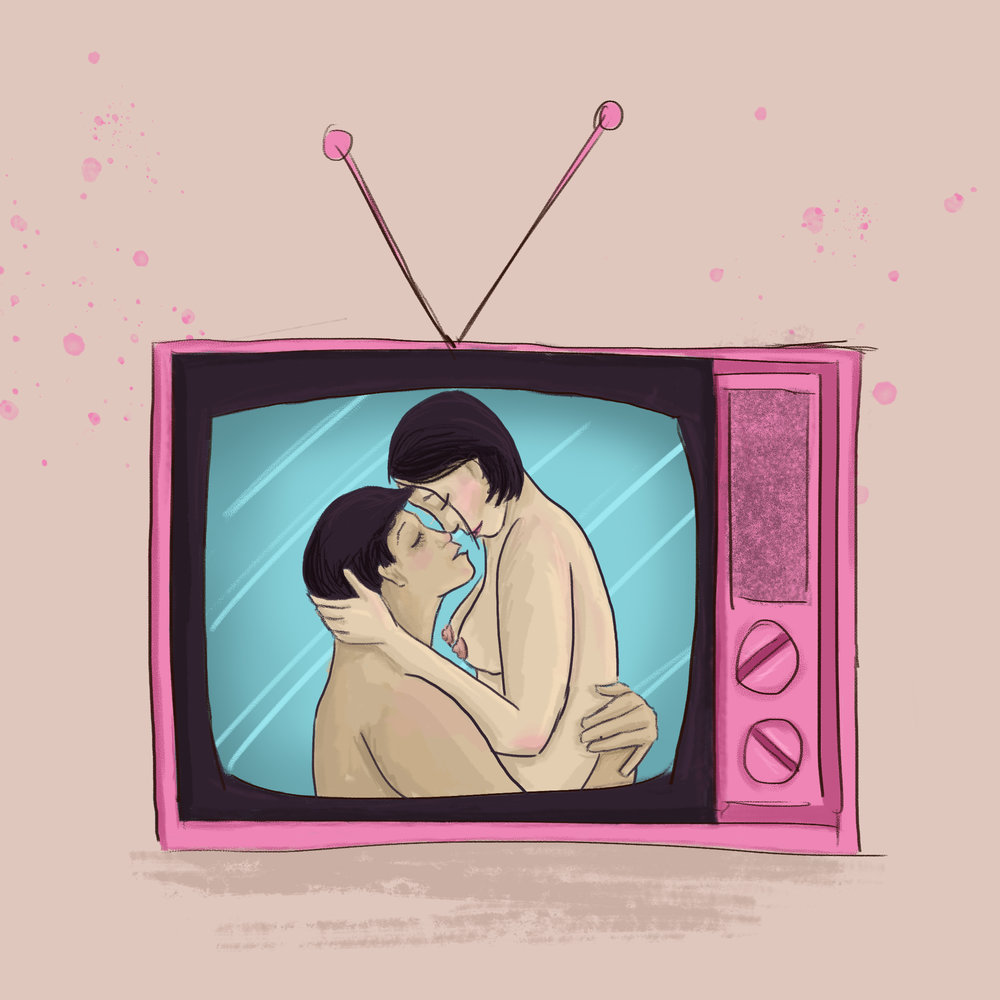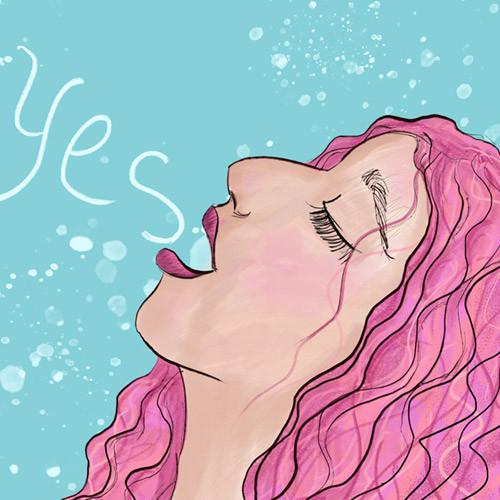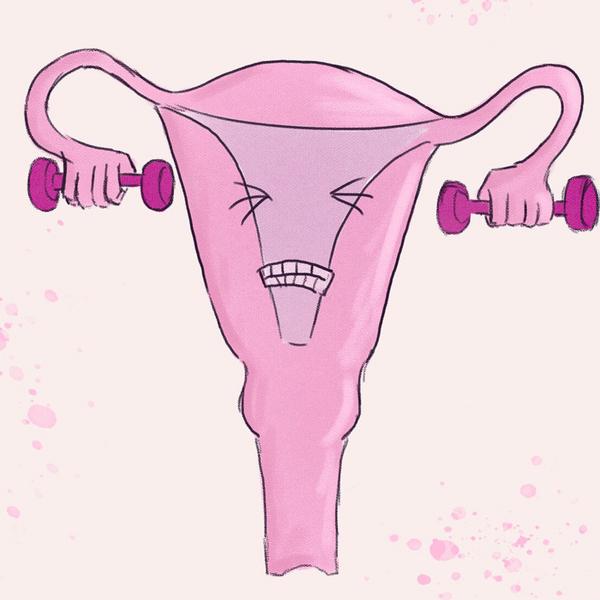
HOW HOLLYWOOD GETS IT WRONG ABOUT CONSENT, ORGASMS AND SO MUCH MORE
More often than not, sex scenes satisfy the male gaze. Rather than giving viewers a realistic depiction of the female orgasm, movies tend to show women having fast, loud, body-shuddering experiences via penis-in-vagina penetration. Though dramatic and erotic to some, these sex scenes are largely based on fiction.
If you compared the amount of real-life women who orgasm via penetration with the percentage of those onscreen who climax this way, the numbers would be way off – and this unrealistic view of female pleasure is problematic.
Research fellow at the Kinsey Institute and author of the blog Sex & Psychology Dr Justin Lehmiller says: ‘Research exploring the depiction of women’s orgasms onscreen finds that vaginal penetration is the most common way women are shown as reaching orgasm. However, this doesn’t reflect reality.
‘The majority of women say they don’t reliably reach orgasm through penetration alone and, instead, require clitoral stimulation. Given this disconnect between film and reality, viewers may walk away with the mistaken impression that most women can, or should be able to, have an orgasm through penetration alone.’
The notion of the male gaze was first introduced by film theorist Laura Mulvey in her 1975 essay, Visual Pleasure And Narrative Cinema. She explained that movies were mostly filmed in ways that pleased the heterosexual, masculine gaze, with women acting as sexualised ‘spectacles’ to be ‘looked at’ and enjoyed by men.
Not only were films being produced to please this particular group of people, but they were mostly made by heterosexual men, too, meaning the understanding of what a genuine female orgasm looked like was often lacking.
Sarah Barson, co-host of the Bad Feminist Film Club, a podcast that reviews films from a feminist standpoint, says, ‘The male gaze has dominated major movies in the industry for almost its entire history. When the majority of movies (and sex scenes) are directed and filmed by men, it gives a warped view of sex in society.
‘It shows that women should be in service of men, not equals, and that their pleasure is less important. Women are seen more as objects and are overly sexualised in film and television. This influences how younger men and women view sex and gives them false expectations about sex, consent and pleasure.’
Film critic, broadcaster and host of the all-female podcast Girls On Film Anna Smith believes glamorised portrayals of sex in film can have a detrimental impact on viewers from a young age. ‘They are likely to be the first sex scenes a young girl sees – hopefully before porn, anyway – so often she will come away with the idea that nice, sexy girls are submissive, compliant, at the whim of men’s needs and blind to their own.’
Smith lists films that she considers problematic, including Gigi, Showgirls and Blue Is The Warmest Color, but the storylines that really bother her are those with a question mark over consent. ‘There are plenty of bad, some unintentionally hilarious sex scenes, but the ones that trouble me the most are those in which a woman’s “no” turns to “yes” midway through, such as multiple James Bond films, including Goldfinger. Or a man’s “no” turns to “yes”, in the case of Red Sparrow.
‘I was also very troubled by the way a rape plot was played for laughs in Pirate Radio [or The Boat That Rocked, as it was originally titled], which was so light-hearted that many people watching didn’t even consider the issue of consent.’
Barson notes that bad sex scenes often go beyond just depicting pleasure in unrealistic ways – they raise deeper questions about the very nature of what sex means. Speaking about The Twilight Saga: Breaking Dawn Part 1, she says, ‘During the sex scene, Edward destroys their hotel room, as if sex was an inherently violent act. It highlights the problem at the centre of their relationship: the idea that Edward could kill Bella at any moment, but loves her so much that he restrains himself. When this is framed in more general male/female relationship terms, it perpetuates the myth that sex is inherently violent and it's only by the man’s self-control that sex can be made “safe” for women.’
There are reasons to be hopeful, however. Following #MeToo and #TimesUp, there is a (woefully overdue) push to include more women in all aspects of film production. Along with more female directors, writers, producers and editors come more honest sex scenes that show women enjoying pleasure in a way that reflects reality. So, which films are getting it right?
Smith points to Desiree Akhavan’s The Miseducation Of Cameron Post. ‘The sex scene was actually still complex when it came to the issue of consent,’ she acknowledges. ‘However, it dealt with it in a thoughtful and responsible manner, and illuminated the characters’ own personalities and attitudes to their sexuality.’
Barson (like so many of us) is a fan of the BBC series Fleabag. ‘What’s great about Phoebe Waller-Bridge's show isn’t that the sex scenes are something to aspire to, but that it shows the messy and more realistic side of sex,’ she says. ‘It’s not about two people saving themselves for sex, or about how two people who are “destined” to be together, but about Fleabag and the hot priest acting on their desires, even if it could have disastrous consequences.’
Waller-Bridge breaking the fourth wall throughout the show and speaking directly to the viewer also has feminist consequences, she argues. ‘By doing this, her character takes control of her own narrative, rejecting the male gaze and turning it back on the audience.’
So, is it as simple as ‘put more women behind the camera, see better sex onscreen’?
Smith is hopeful: ‘The way in which sex scenes are filmed differ according to the person who directs. Often, a large part of someone’s identity is their gender. A woman directing a sex scene is far more likely to convey the female experience and point of view – something we need far more of.’
your first order
Stay in the loop on all things Ann Summers:
Updates on new arrivals, inspiration, offers and events!
*Discount only available on full price products and 5% off discounted products
By inputting your information, you agree that we can use it in accordance with our Privacy Policy. You are able to unsubscribe from marketing at any time. By proceeding you agree to our Terms and Conditions.
You must be over 18 to join our mailing list.
By inputting your information, you agree that we can use it in accordance with our Privacy Policy. You are able to unsubscribe from marketing at any time. By proceeding you agree to our Terms and Conditions.
You must be over 18 to join our mailing list.


